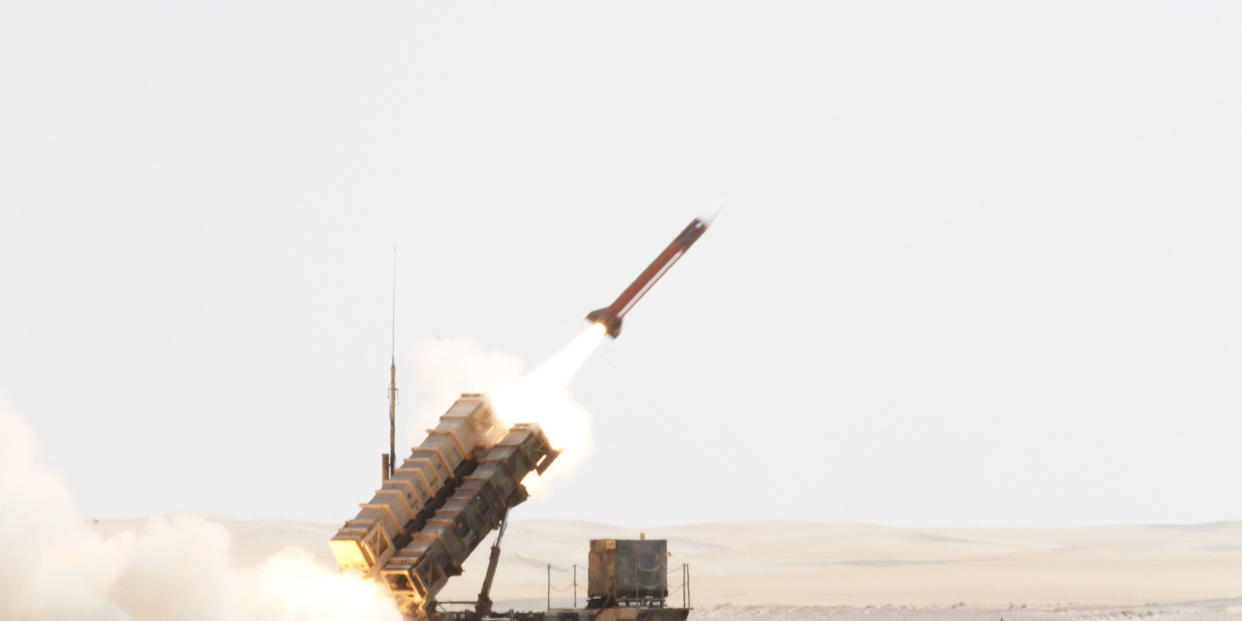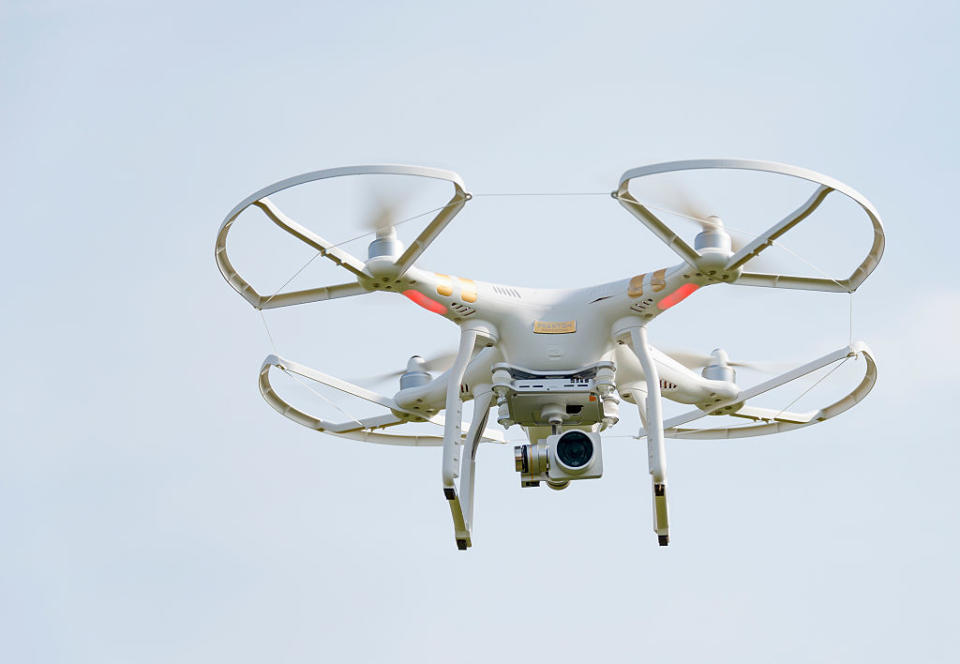A Patriot Missile Shot Down a Quadcopter in an Impressive But Wildly Expensive Shot

A leading U.S. Army general has revealed a multi-million-dollar air defense missile was recently used to shoot down a consumer-grade quadcopter drone. The downing calls into question the adequacy of government anti-drone defenses worldwide and a lack of cost-effective responses to the emerging weaponized drone threat.
The incident was announced by General David Perkins at the Association of the U.S. Army's Global Force symposium in Alabama. A former brigade commander who led the famous "Thunder Run" into Baghdad in 2003, Perkins now leads the Army's Training and Doctrine Command.
The Islamic State has been using quadcopters for reconnaissance and lately rigging them to drop hand grenades and other small explosive munitions. They are typically available from sites such as Amazon, costing $200 and up.

The Patriot missile, meanwhile, was originally designed in the 1970s to provide air defense over U.S. Army units. Patriot first came to prominence in 1991, when it was used to shoot down several Scud missiles fired at U.S. forces in Saudi Arabia, the success of which is disputed. The version of the missile used in the incident, PAC-2, costs between $2 and $4 million each.
Perkins didn't provide any details, but there were several places the whole thing could have taken place. It could have been a Hezbollah or Hamas drone shot down by Israel, or a Houthi rebel drone shot down by the United Arab Emirates.
On technical grounds, the shootdown is impressive. Although Patriot PAC-2 missiles a range of nearly 100 miles, but quadcopters fly quite low to the ground, a few hundred feet up and rarely more than a few thousand. A quadcopter also has a tiny radar signature that can be difficult to pick out. The tiny consumer drone is almost certainly the smallest target ever engaged by Patriot.

On economic grounds, the shootdown is a hot mess. As Perkins is quoted as saying, "If I'm the enemy, I'm thinking, 'Hey, I'm just gonna get on eBay and buy as many of these $300 quadcopters as I can and expend all the Patriot missiles out there'."
The threat of weaponized drones has forced the United States to outfit its forces fighting ISIS with anti-drone weaponry, including a rifle-like device invented by Battele Labs. The DroneDefender weapon uses RF signals to jam a drone's control mechanism. It also costs mere thousands of dollars (and is reusable) compared to the multi-million-dollar Patriot missile.
The drone shootdown highlights the speed of innovation in warfare, and how non-state groups such as ISIS can take advantages of existing technologies to quickly field new weapons. Larger organizations like NATO move much more slowly, struggling to keep up with emerging threats, and often have no choice but to respond to them with existing resources, no matter how economically inappropriate.
You Might Also Like

